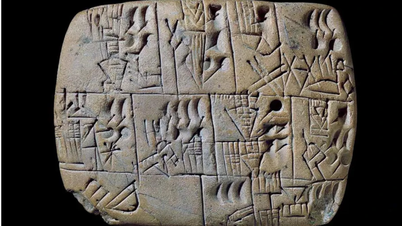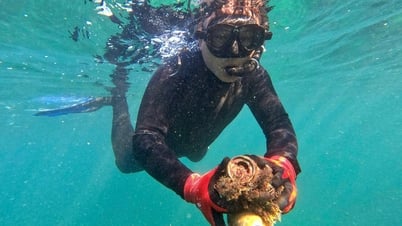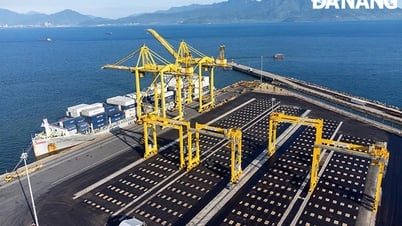The Mediterranean Sea is considered a famous beautiful sea, attracting tourists from all over the world , but now it is compared with a haunting name: "Sea of death", where thousands of illegal immigrants struggle to find a way to the "promised land" of Europe.
Religious and ethnic conflicts, border wars, climate change, epidemics, and poverty have caused the number of migrants on a global scale to continue to increase alarmingly. On June 14, the United Nations High Commissioner for Refugees (UNHCR) released a report showing that the number of people forced to leave their homes to seek refuge increased to a record 110 million, of which conflicts in Ukraine and Sudan... caused millions to evacuate.
Notably, people from the Middle East and North Africa (MENA) region continue to migrate to Europe via the Mediterranean Sea in very large numbers. According to the Missing Migrants Project (MMP) report of the International Organization for Migration (IOM), 3,789 migrants died on sea and land routes in the MENA region in 2022, including crossings between the Sahara Desert and the Mediterranean, an increase of 11% compared to 2021 and the highest since 2017. The MENA region accounted for more than 50% of the total 6,877 migrant deaths worldwide.
On the sea routes from the MENA region to Europe, IOM recorded an increase in fatal boat accidents from Lebanon to Greece and Italy. In the first quarter of 2023 alone, at least 175 migrants died or went missing while crossing the Mediterranean Sea. To make the Mediterranean crossing to Europe, each person must pay $2,000 to a human trafficker for a journey that, if smooth, only takes about 10 hours to reach any Italian beach. For the huge profits, despite the dangers, human trafficking organizations have crammed hundreds, even thousands of people onto boats that are not safe enough to cross the Mediterranean Sea. If they encounter unusual storms or the boat breaks down, the fate of the migrants is seriously threatened.
IOM Director Antonio Vitorino said that the humanitarian crisis in the Mediterranean Sea continues for a long time and is unacceptable. IOM MENA Regional Director Othman Belbeisi said that the alarming number of deaths on the routes used by migrants from the MENA region on their journey to Europe requires immediate attention and a concerted effort to ensure safety, increase international and regional cooperation, and allocate resources to address the humanitarian crisis and prevent further loss of life. Since the beginning of 2023, the coast guards of European Mediterranean countries have been patrolling, rescuing, and even deporting people in distress.
A representative of the Italian Coast Guard said that Tunisia has become a gateway chosen by many migrants to find a way to enter Europe. However, many have paid the price with their lives. Notably, on June 14, a boat carrying hundreds of migrants capsized and sank in the Mediterranean Sea. According to AP, as of the afternoon of June 16, rescue forces had rescued 104 people, confirmed 79 deaths, and it is likely that about 600 people are still missing.
According to Reuters, the exact number of victims may never be known because the place where the ship sank is one of the deepest waters in the Mediterranean, with depths that can exceed 5km. On June 15, authorities arrested 9 survivors on suspicion of being part of a human trafficking ring that organized the trip. UN Secretary-General Antonio Guterres was deeply saddened and said that this was one of the deadliest maritime disasters in Europe. Through this incident, Mr. Guterres called on leaders of relevant parties, including countries of origin, transit and destination, to discuss the best solution to ensure safe migration.
SNOW MINH
Source link


![[Photo] President Luong Cuong receives Lao Vice President Pany Yathotou](https://vphoto.vietnam.vn/thumb/1200x675/vietnam/resource/IMAGE/2025/5/25/958c0c66375f48269e277c8e1e7f1545)
![[Photo] Festival of accompanying young workers in 2025](https://vphoto.vietnam.vn/thumb/1200x675/vietnam/resource/IMAGE/2025/5/25/7bae0f5204ca48ae833ab14d7290dbc3)


![[Photo] The coffin of former President Tran Duc Luong arrives in Quang Ngai](https://vphoto.vietnam.vn/thumb/1200x675/vietnam/resource/IMAGE/2025/5/25/1f1aca0d92ab47deae07934e749b35e6)


















































































Comment (0)